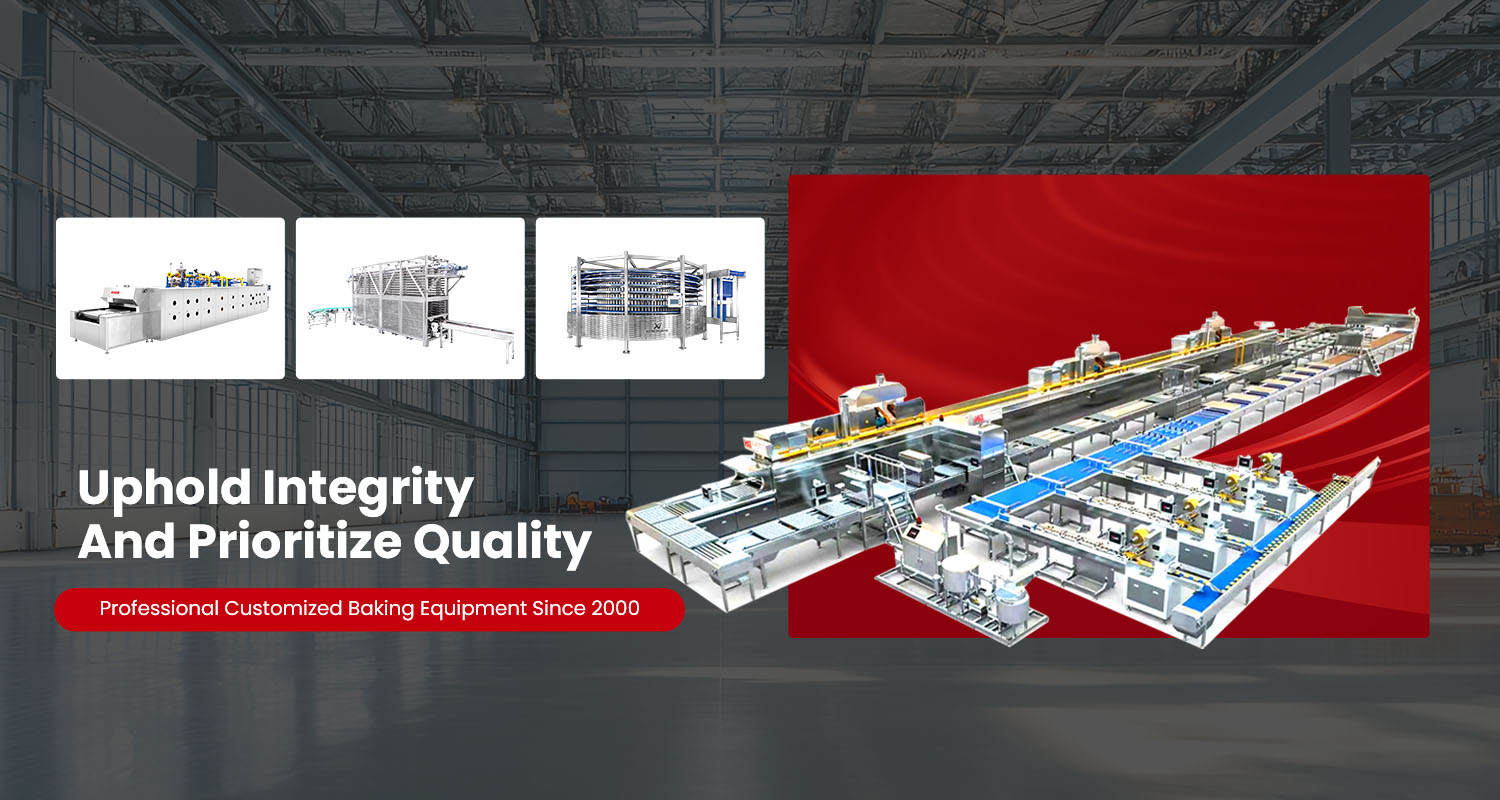What Is a Gas-Fired Tunnel Oven Used For?
In the industrial bakery and baked goods transport sector, consistency, throughput, and quality are essential. A gas-fired tunnel oven (also called a continuous gas tunnel furnace) is a critical piece of equipment used to bake, cure, or dry products continuously as they move through a long tunnel. Unlike batch ovens, the tunnel oven allows a continuous production flow, which matches with downstream transport and sorting systems.
Below are the main functions, advantages, and application scenarios of gas-fired tunnel ovens in the baking / baked-goods transport industry.
Primary Uses in the Baking / Transport Workflow
Continuous Baking of Bread, Rolls, Pastries The tunnel oven enables dough pieces or shaped unbaked products to travel on conveyor belts through controlled heat zones. As items traverse the tunnel, they are gradually baked to the desired internal and surface temperature. This suits high-volume production lines where the baked goods must then be conveyed onward for cooling, packaging, or sorting.
Curing, Drying, or Thermal Treatment In some cases, baked goods may require drying, crust development, or application of surface coatings (glazes, sugar, egg wash). The tunnel oven offers a controlled temperature and residence time that ensures uniform treatment without overcooking.
Integration with Transport / Handling Lines Because a tunnel oven is continuous, it can seamlessly integrate with automated material handling: loading upstream (proofing, makeup, shaping), then onward to cooling conveyors, sorting systems, packaging, or dispatch. This reduces manual intervention and helps maintain throughput.
Consistent Quality & Energy Efficiency Tunnel ovens are designed with multiple heating zones, insulation, and precise airflow control. This ensures even heating across product width and length, reducing hot or cold spots, which is vital for consistent crust, crumb, color, and internal moisture content.
Key Advantages in the Baking Transport Context
High Throughput / Scalability Continuous operation means you can feed more dough pieces per hour than is typically feasible in batch ovens.
Reduced Labor & Handling Because products move automatically through the oven, less manual loading/unloading is required, reducing handling damage or delays.
Better Uniformity & Lower Waste A well-designed tunnel oven gives more uniform baking, reducing over- or under-baked units and minimizing waste.
Energy Control & Efficiency Gas firing gives flexibility in heat supply, and with zone controls and efficient insulation, energy consumption per unit can be optimized.
Tight Integration with Downstream Transport After exiting the tunnel oven, baked goods flow directly into cooling, sorting, or packaging belts, minimizing downtime or bottlenecks.
Considerations & Challenges
Sizing and Length Tunnel ovens must be sized to match the production speed and desired baking residence time. Too short, and products will under-bake; too long, and energy costs balloon.
Heat Zoning & Airflow Design Proper segmentation into preheat, baking, and cooling zones is crucial. Uniform airflow across the width is needed to avoid uneven bake.
Gas Combustion Safety & Emissions Gas burners require proper ventilation, exhaust treatment, and safety systems to prevent leaks, backflow, or overheating.
Maintenance & Cleaning Regular cleaning of burners, conveyor chains, and interior surfaces is needed to maintain performance and hygiene.
Flexibility / Changeover If your product mix changes (size, shape, thickness), the oven must be flexible in zone temperature and conveyor speed to adapt.
Short Recommendation: KC-SMART Gas-Fired Tunnel Ovens
Based on the information available from KC-SMART’s offering, their Gas-fired Tunnel Furnace lineup provides several models suited to industrial bakery and transport lines.
They offer Centralized Air Supply Gas-Fired Tunnel Oven, Intelligent Direct Gas Fired Oven, and Zero-pressure Proportional Gas-fired Continuous Tunnel Furnace variations.
KC-SMART emphasizes custom design, manufacturing, installation, and after-sales service for intelligent mechanical baking systems.
Choosing KC-SMART means you can get an end-to-end solution where the oven is tailored to match your upstream proofing, downstream cooling and sorting, and throughput requirements.






